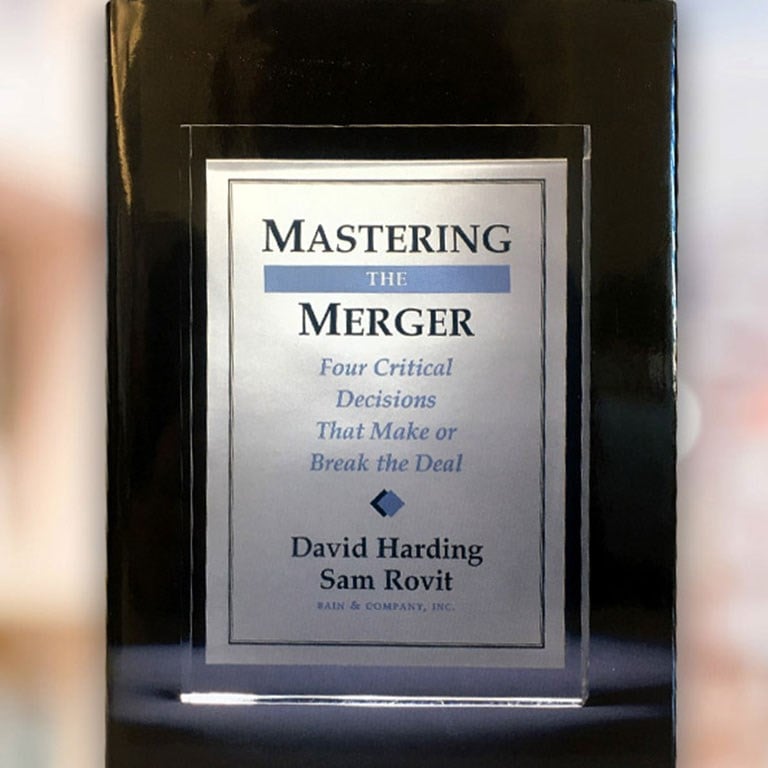Article
The full version of this article is available on Harvard Business Online (subscription required).
The Idea in Brief
After going in a deep hibernation following the market bust in 2000, deal makers last year began to emerge from their caves, sniff the air and once again forage for acquisitions. A burgeoning in large-value mergers in 2004—such as the JPMorgan Chase-Bank One, Cingular-AT&T Wireless, Yamanouchi Pharmaceutical-Fujisawa Healthcare, Sprint-Nextel, and J&J-Guidant combinations—helped the amount of money made globally through mergers surge, with a 41% increase over the 2003 amount. The broader market, however, still remained somewhat hunkered down; overall, deal count rose only 6%.
Most pundits believe last year's big deals presage a jump in mergers-and-acquisitions (M&A) activity in 2005. But regardless of whether times are good or bad in M&A, deal making's challenges do not change. In fact, our research shows that the smart money ignores economic cycles. The most successful acquirers are active through both boom and bust, rather than trying to time the market. They have a strategy, and they stick to it, exhibiting discipline in their choice of targets, their due diligence and their valuation—and, most of all, in their approach to integration.
No matter how compelling the business case, they acknowledge that acquisitions inevitably run into difficulties post-merger. Key people leave, processes break down, information systems get tangled and customers grouse. Problems can pile up so fast that even the best deals can quickly become undermined.
Most company leaders are blindsided by postmerger impediments—they've focused so hard on nailing down the terms of the deal and hashing out a broad integration plan that they've given short shrift to spotting specific problems. The most successful acquirers, however, don't ignore any of the details.
Recently, we interviewed a score of top acquirers that we'd come to know through our experience with thousands of deals, as well as through a Bain study of 1,700 large companies in the United States, Japan and Europe. We learned that they all have something in common: they expect the unexpected, and they proactively plan for contingencies.
In mergers, the unexpected comes in many forms, from the small breakdowns that happen with almost any acquisition to radical shifts in the competitive bedrock on which the deal was built. Problems with the former tend to fall into three areas: organization upheavals, customer service blunders and operational dysfunction. They demand serious, focused intervention, but they don't threaten to break the deal. Problems with the latter may reflect faulty due diligence or changing markets; they call for more radical transformations. But whether problems are manageable or cataclysmic, successful acquirers have strong early-warning systems in place to identify them, and they respond to even the faintest distress signals without delay. Their approach can provide a valuable model for any company considering—or surviving—a merger.

Mastering the Merger
Learn more about the core decision strategies that help companies win in M&A.